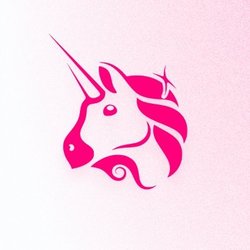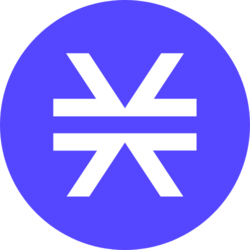- Chainlink VRF adoption continues to grow throughout the Web3 space due to the strong security assurances, quick response times, and easy integrations.
- The release of VRF v2.5 introduces low-friction billing mechanisms that make payment of VRF requests in Chainlink and other assets possible.
Chainlink, the leading oracle project, has unveiled the latest Verifiable Random Function (VRF) protocol update in a recent blog. This update marks a significant milestone in the evolution of decentralized randomness generation. With VRF v2.5 now live across major blockchain platforms, including Avalanche, Arbitrum, BNB Chain, and Ethereum, users can experience enhanced functionality and efficiency in obtaining provably fair random numbers for various applications.
Enhanced Payment Models and Simplified Upgradability
With the release of VRF v2.5, Chainlink introduces low-friction billing mechanisms that allow payment for VRF requests in LINK and other assets. In addition, the system is in the process of automatically converting other payment means to LINK, which will lead to smooth transactions.
This practice minimizes costs for decentralized applications (dApps), developers, and end-users and creates long-term sustainability in the ecosystem. In addition, the update promotes on-chain programmable randomness payments, thereby increasing its availability and usability to a wider user group.
#Chainlink VRF has just been upgraded to help dApps scale faster and more sustainably.
Introducing Chainlink VRF v2.5, bringing several enhancements, including low-friction billing, more predictable pricing, & improved UX for upgrading to future versions. https://t.co/nx1kzEdq3H
— Chainlink (@chainlink) April 29, 2024
Besides simpler payment options, VRF v2.5 introduces predictable pricing models, which removes the uncertainty created by blockchain network congestion. With a strong fee calculation system, users can promptly get the fee description, even in extreme network congestion cases. This improvement guarantees transparency and trust, informing users about random requests.
VRF v2.5 has also included a predictable pricing feature, which eliminates a known issue of confusing fee structures when dealing with blockchain congestion. The update allows users to accurately price their requests even when the network is busy, ultimately providing transparency and confidence in using Chainlink’s RNG services.
Unlocking New Use Cases Across Industries
VRF v2.5 release provides flexibility for a number of new use cases that span a range of industries, including gaming, entertainment, finance, and more. Because verifiability is more important in both Web3 and traditional sectors, Chainlink’s VRF enables developers and businesses to integrate provably fair randomness into their applications effortlessly.
Lotte Group, NBA, and MapleStory Universe are some of the big users of Chainlink VRF, among others, showing its flexibility and popularity in different markets. Whether improving fairness in the outcomes of games or improving security in financial transactions, VRF v2.5 is the perfect answer for the demands of the digital economy.
Continued Innovation Driving Industry Adoption
The release of VRF v2.5 highlights Chainlink’s growing focus on innovation and its vision of enabling access to trustworthy and secure data for smart contracts worldwide. Through the utilization of the latest technology and constant protocol refinement, Chainlink pervades the scene of the blockchain oracle, promoting the wide use and development of decentralized applications (dApps).
Chainlink VRF adoption continues to grow throughout the Web3 ecosystem due to the strong security assurances, quick response times, and easy integrations. Many leading blockchain gaming companies, Web2 giants and global brands are using Chainlink VRF in order to get randomness generation. Given its performance history and unceasing development, Chainlink VRF is poised to retain its place as the leading on-chain number generation solution in the fast-changing blockchain world.
Credit: Source link




























